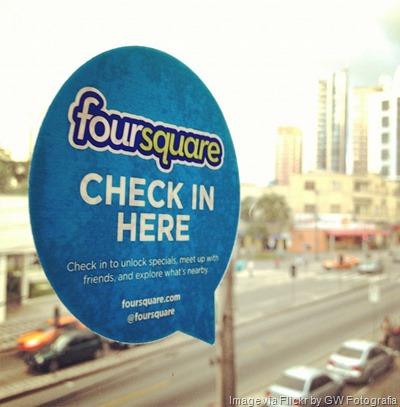 In this age of instant communication via the Internet, It’s ironic that I can now find out what’s going on around the world often more easily than in my own neighborhood. This opens an area of business opportunity, popularly called hyperlocal, which still seems to be underserved. Some experts have tied this market to location detection hardware (GPS), but even that is now pervasive on all smart devices.
In this age of instant communication via the Internet, It’s ironic that I can now find out what’s going on around the world often more easily than in my own neighborhood. This opens an area of business opportunity, popularly called hyperlocal, which still seems to be underserved. Some experts have tied this market to location detection hardware (GPS), but even that is now pervasive on all smart devices.
Most people have heard of Foursquare for local nightlife and Airbnb for rooms, but other nationally recognized sources for local services are still hard to find, including social media, local news, advertising, and event calendars. There is positive room here for many new players, but if you want to be a candidate, there are some special challenges you need to consider:
-
Advertisers won’t participate until the user population is large. I still hear often the dream of a free service to users, supported by advertising, per the Facebook model. Entrepreneurs don’t realize that Facebook spent over $100 million, before revenues from advertising turned cash positive. Business founders need deep pockets for this model.
-
Maintaining current content is costly and time-consuming. If you don’t engage users with comprehensive and valid content the moment they enter your site, they are not likely to return. The solution is to incent local users to keep the content fresh and abundant, which requires that they see real value in the result. It has to be a win-win process.
-
Local businesses expect proof of value, not promises. Until a new brand has national recognition or high promotion, it won’t be found or used by local customers or out of town visitors. You need metrics to show dominant penetration of the relevant customer demographic, added value over existing media, and real customer testimonials of value.
-
You need local partners and relationships for credibility. Change, acceptance, and trust become more difficult as you get deeper into the fabric of a community. People are wary of outsiders and remote players looking for relationships. Overcoming these hesitations may require promotion events, meet and greet opportunities, and more time.
-
You need to find common elements to scale the business. Expanding neighborhood-by-neighborhood or city-by-city is not a simple cookie-cutter process. Hyperlocal in New York City is different from hyperlocal in Kansas. Cultures and values are different, pricing norms are unique, and customer needs have to be validated in each location.
-
Monetization may require multiple business models. Advertising and local business promotions may be adequate in some cases, but others may require a percentage of every transaction, or adding local products and services for an ecommerce model. Every business model has to meet local licensing, taxing, and reporting requirements.
-
Local staffing and clerical requirements must be minimized. Employees are the most expensive resource for most businesses, and are difficult to acquire, train, and schedule. Look for innovative ways to automate the processes, sell remotely, and personalize the services without adding people to the equation.
-
External investors tend to focus on products rather than services. Angel and venture capital investors look for opportunities that are highly scalable, and have already demonstrated good traction. Several of the challenges already identified suggest a greater reliance may be required on bootstrapping and organic growth.
I predict that hyperlocal services will continue to emerge and prosper, despite the challenges. Businesses that focus on the local community have long been the source of satisfaction and financial livelihood of entrepreneurs. In this new digital age with the renewed focus on relationships and shared experiences, I see a new wave of hyperlocal businesses.
In fact, hyperlocal can be the proof of concept for your business, or it can be the final destination. In either case, it’s an opportunity that doesn’t require heavy technology, a big inventory, or rocket science. Anyone can do it. Isn’t it time that you joined this age of the entrepreneur?

